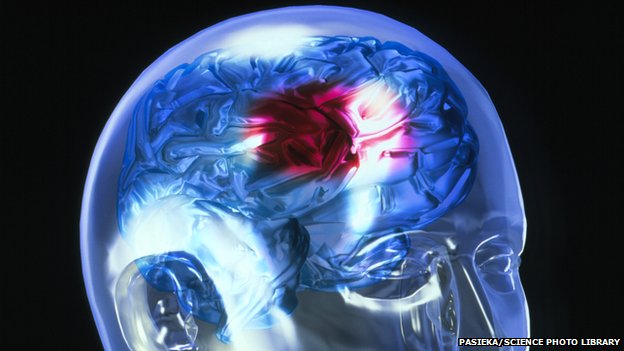
Better stroke patient outcomes? A systematic review
What to do to have a better outcome in stroke patients? One of the solutions will start from the analysis of the patient delay in entering hospitals with stroke symptoms.
This seems to remain one of the major barriers to thrombolysis treatment, leading to its sub-optimal use internationally.
This article reports a study carried out in 2015 in Dublin. The aim of this research is the reduction in stroke patient delays by promoting the signs and symptoms of a stroke.
At the time, there was no consistent evidence exists to show that such interventions result in inappropriate behavioural responses to stroke symptoms.
Improving stroke patients’ medical outcome: methods


